Essay
Photographing Strangers
The ethical considerations of photographing strangers keep eluding my attempts at producing clear guidance.
This is an updated version of my 2018 essay for Fstoppers.
A couple of years ago, while still at photo school, I wrote an essay about ethics in photography. It was largely based on interviews with Graham MacIndoe, a documentary photographer and professor of mine, and Joey Lawrence, a commercial photographer with a knack for documentary projects with a sheen. The original article reads like the work of a fledgling journalist, desperately clinging to his interviews to avoid drowning in a sea of assumptions. So over the course of the last too many weeks (I didn't write much in the past few years) I updated it.
While writing, my mother told me about a Bruce Gilden show that just opened at the Kunstfoyer in Munich. The exhibition centered on Gilden's Faces project. In it he photographs his subjects up close, with a wide lens and harsh flash.
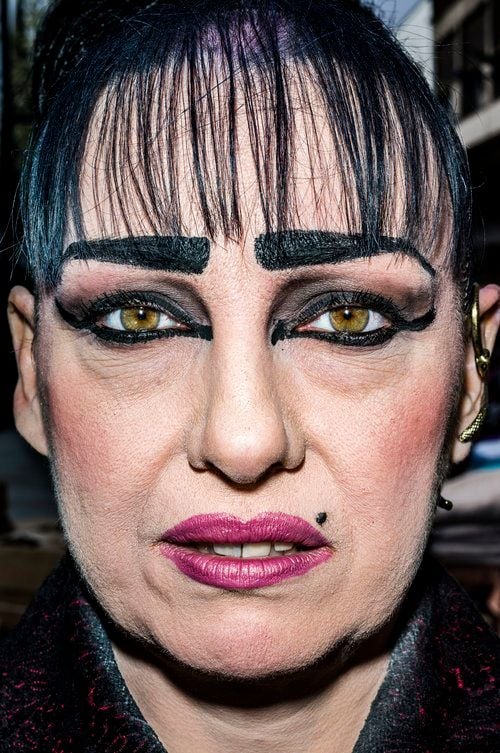
The setup produces striking images, but also images that might not be considered very flattering. People often have difficulty appreciating their likeness even under favorable photographic circumstances, so I assumed most would oppose their depictions in the project1. It feels like a clear example of a photographer exploiting their subjects for their artistic vision. As it turns out, Gilden's Faces subjects all agreed to being photographed.
Great, so Faces is fine. But taking photos with permission is hardly divisive and — aside from a few edge cases2 — not that interesting to discuss from an ethical perspective.
Usually, Gilden photographs non-consensually. He then shares the images with his audience through social media and galleries.
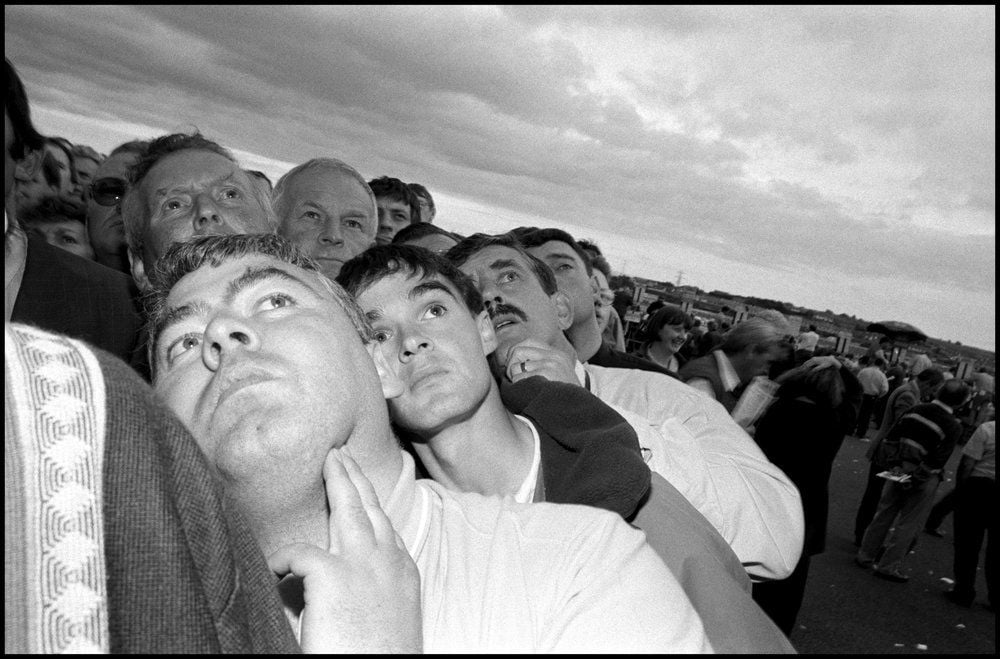
This practice contains two ethically contentious elements. Firstly, photographing in public without consent. While this might be mostly innocuous, like a stranger bumping into you without apologizing3, it might cause varying levels of discomfort depending on the person. Secondly, publishing such images. While the publication of nonconsensual images is often uncomfortable for the depicted, the severity of the discomfort presumably depends on the particulars of the image. Subjects might be less likely to feel wronged by the publication of an image portraying them favorably (which seems to be the exception in Gilden's work).
Photographers like Gilden or Martin Parr, but also myself, Christoper Anderson, or Alex Soth (not in order of accomplishments) are exercising their creative freedom at the potential expense of subject's emotional wellbeing and editorial self-control. To arrive at a conclusion about the permissibility of taking a photograph those elements need to be weighed against one another. For Gildens Faces project, receiving informed consent from subjects should do.
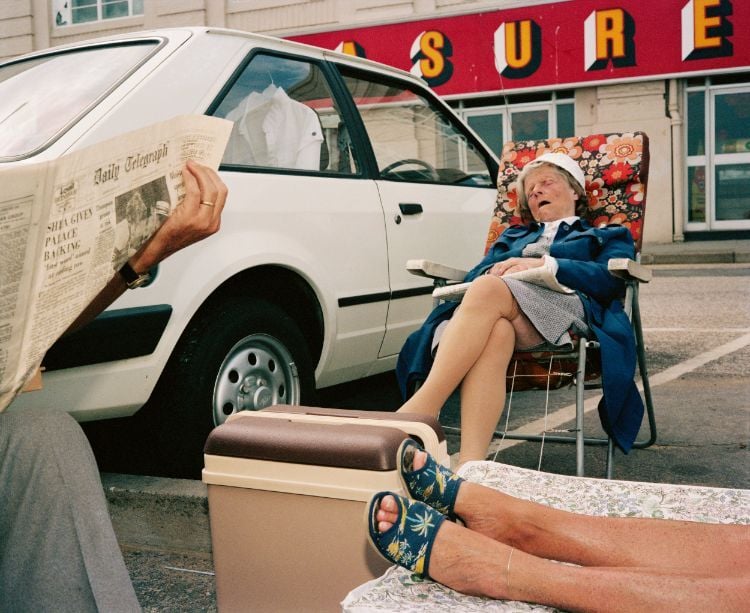
Non-consensual cases are less straightforward but not objectionable per se. I enjoy Gilden's older work like Facing New York and Coney Island. Visually and as a record of the time. While the images are still not kind to their subjects, to me, the resulting work offers much more than just someone's every pore and pimple. The images don't solely rely on the otherness of their protagonist but on capturing an emerging narrative that materialized in front of the camera for just a moment. While I believe that Gilden usually walks the line with the contents of his images, he does sometimes tip the scale against his favor by nature of his conduct. While he likes to think of his subjects as friends, documentary footage suggests that he often has little empathy or understanding of the emotional landscape of others.
“We are photographers and we tend to analyze and maybe overanalyze a lot of things,” Graham Macindoe told me in an interview in 2018. During my trip to Vietnam earlier this year I felt so conflicted about who I should and should not photograph, that I only took few photos at all. In some situations, my moral compass feels well-adjusted. For a project with aggressive visuals like Faces, not asking for permission is a line I would not cross. But outside of our familiar environments, even when asking permission, projects can cause issues beyond temporary discomfort.
In 2013, photographer Jimmy Nelson published his book Before They Pass Away. It contains carefully staged photographs of more than 50 indigenous tribes around the world. Accompanying the images are summaries of the tribe's origins and traditions. Many enjoyed the glossy, romantic images, but the book also drew criticism. ”What Jimmy Nelson says about us is not true", said Benny Wenda, a Papuan tribal leader, about Nelson's characterization of the Dani people as "the most dreaded head-hunting tribe of Papua."
What I found was that ritual head-hunting was part of at least some Dani communities, however, extended observations by others indicate that the main Dani groups did not customarily practice it. Calling the Dani as a whole "the most dreaded head-hunting tribe" seems unfitting, especially in the context of neighboring tribes like the Asmat who maintained prominent and widely documented head-hunting and even cannibalism traditions. Regardless, Nelson's characterization stuck and is now routinely regurgitated — oftentimes verbatim — on travel sites, personal blogs, and forums across the web. Information like this is of course often difficult to get right. But no matter if you side with Nelson or not, the case shows how a seemingly innocuous sentence can develop a life of its own and steer a narrative for years to come.
"Show a people as only one thing, over and over again, and that is what they become," said Chimamanda Ngozi Adichie in her (highly recommended) TED talk The danger of a single story. While the internet enables more people to tell their own story, the reality is that new voices are easily drowned out by more influential ones. “In his photos of the Waorani people of Ecuador, he [Nelson] has them unclothed except for their traditional waist string. They are not only shorn of their everyday clothes but also of other contemporary accessories such as watches and hair clips. In real life, contacted Waorani have routinely worn clothes for at least a generation.” said Stephen Corry, director of Survival International in an interview with Truthout.
A photographer with a strong sensibility for how his work can impact others is Graham Macindoe. His project, American Exile, is a series of photographs and interviews documenting the stories of immigrants facing deportation from the US. The catalyst for the project was Macindoe's own exposure to the system when he spent five months in immigration detention because of a misdemeanor conviction. After winning his case, he and his collaborator began gathering stories of families caught up in deportation proceedings with the goal of showing the wide range of people affected by it.
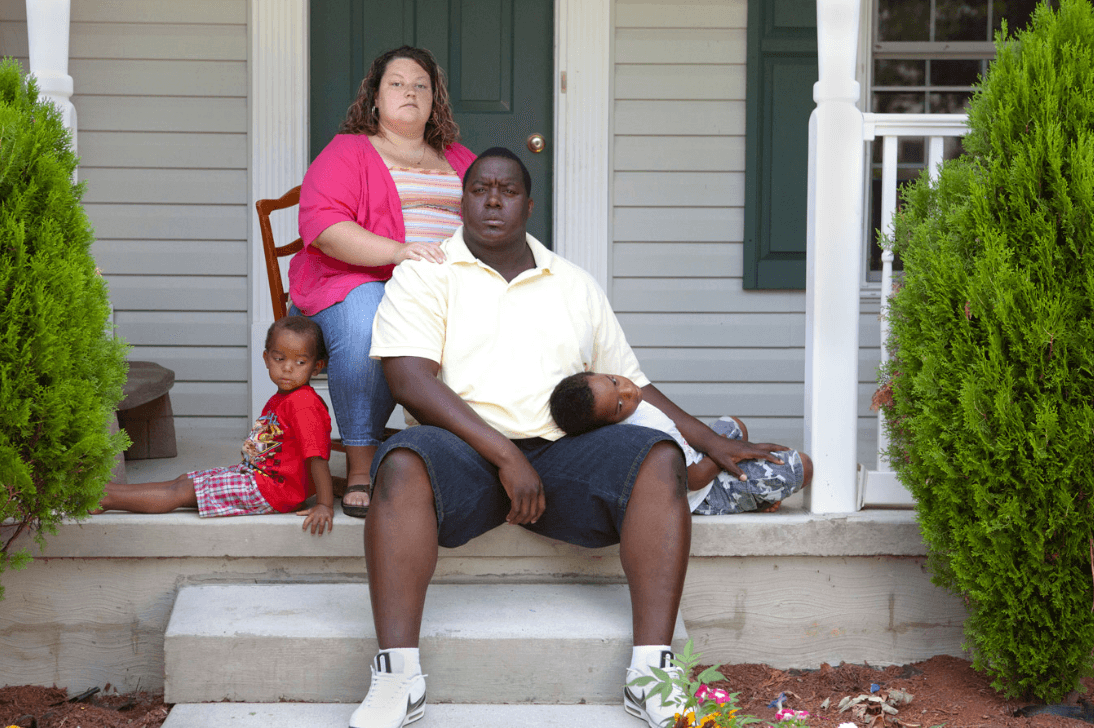
About Nelson's work, MacIndoe says: "To me, it is what you are trying to say, what is the takeaway? Why are you doing this and what is the takeaway for people from doing this other than ohh, look at those big amazing beautiful pictures that are $50,000 each, and look at those poor people that are going to be extinct in 50 years. That is not enough for me."
In 2016, maybe as a response to the criticism (before they pass away was released in 2013), Nelson founded a charity supporting tribal causes around the world. In 2014, Nelson also shared plans to return to the tribes he photographed in order to present his book and observe their reaction (I found evidence of Nelson returning to one tribe, but none of their reactions).
In his early work, the approach of photographer Joey Lawrence strongly resembled that of Nelson. Today, research and personal connection to his subjects have become an integral part of his approach. In 2018 he told me that his most recent project originally centered on Kurdish culture but turned into a project documenting Kurdish fighters after he learned more about their struggle for independence. According to Lawrence, Kurdish people are the ones who support his project the most. His photo book We Came From Fire is supplemented by his two documentaries, Guerrilla Fighters of Kurdistan, and Born From Urgency.
So where does this leave us? Our work can harm the well-being and autonomy of subjects, it can misinform, and it can facilitate flattened, stereotypical representations. When starting to re-write this essay, I naively thought I could come up with a simple formula to solve any photo-based ethical dilemma. But I soon realized that the requirements of rigorous ethical inquiry are much too complex to facilitate that plan. Being a conscientious photographer means continuously evaluating and reevaluating the way we work. Ethical obligations can differ per subject but also per place and time. There is no shortcut to evaluating our behavior. Only repeatedly grappling with those questions will slowly improve our decision making, planning, and intuition.
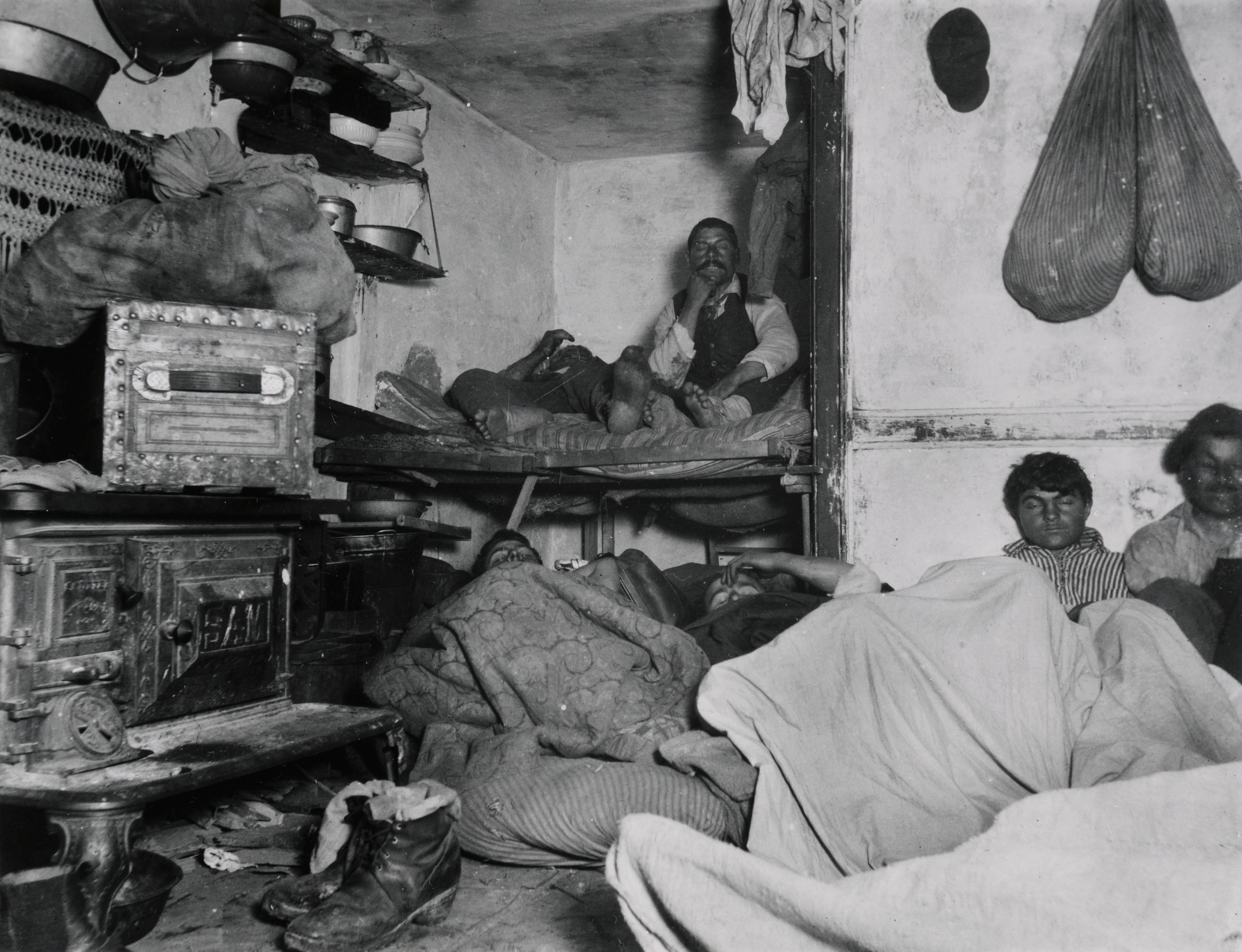
There are undeniably images that need to be taken irrespective of any moral offenses they commit. Think of Jacob Riis photographing the poor living conditions of 19th century immigrants in NYC or think of Phan Thị Kim Phúc, the girl running without clothes after a napalm strike on the Vietnamese town of Trảng Bàng. But most images are not those images.
Do your research, realize that everyone lives their own life with their own motivations, struggles, and hopes, and realize that you and your camera have the potential to affect that.